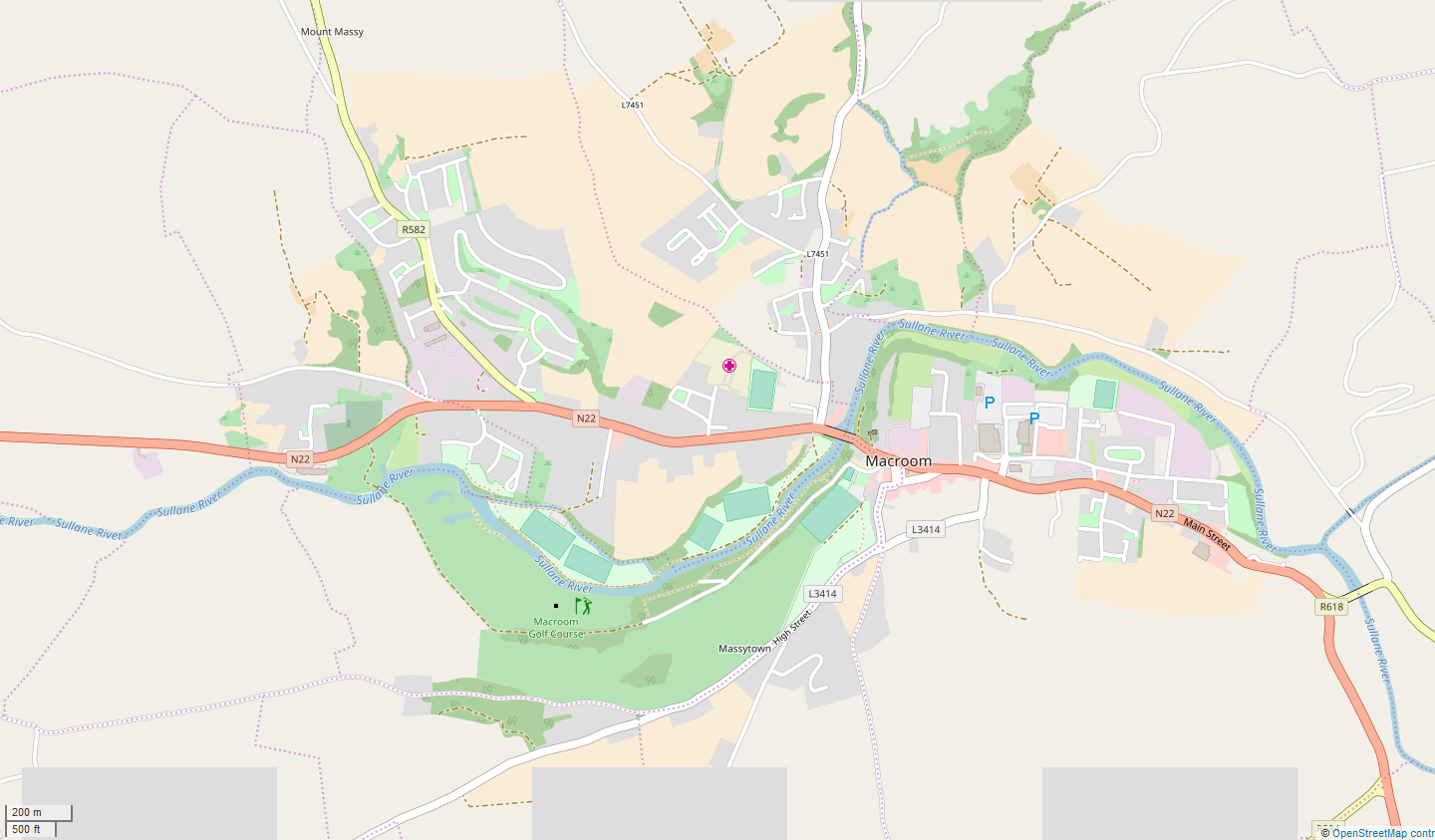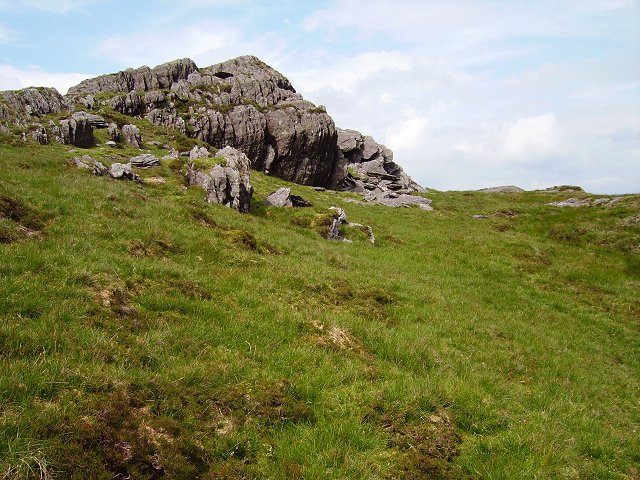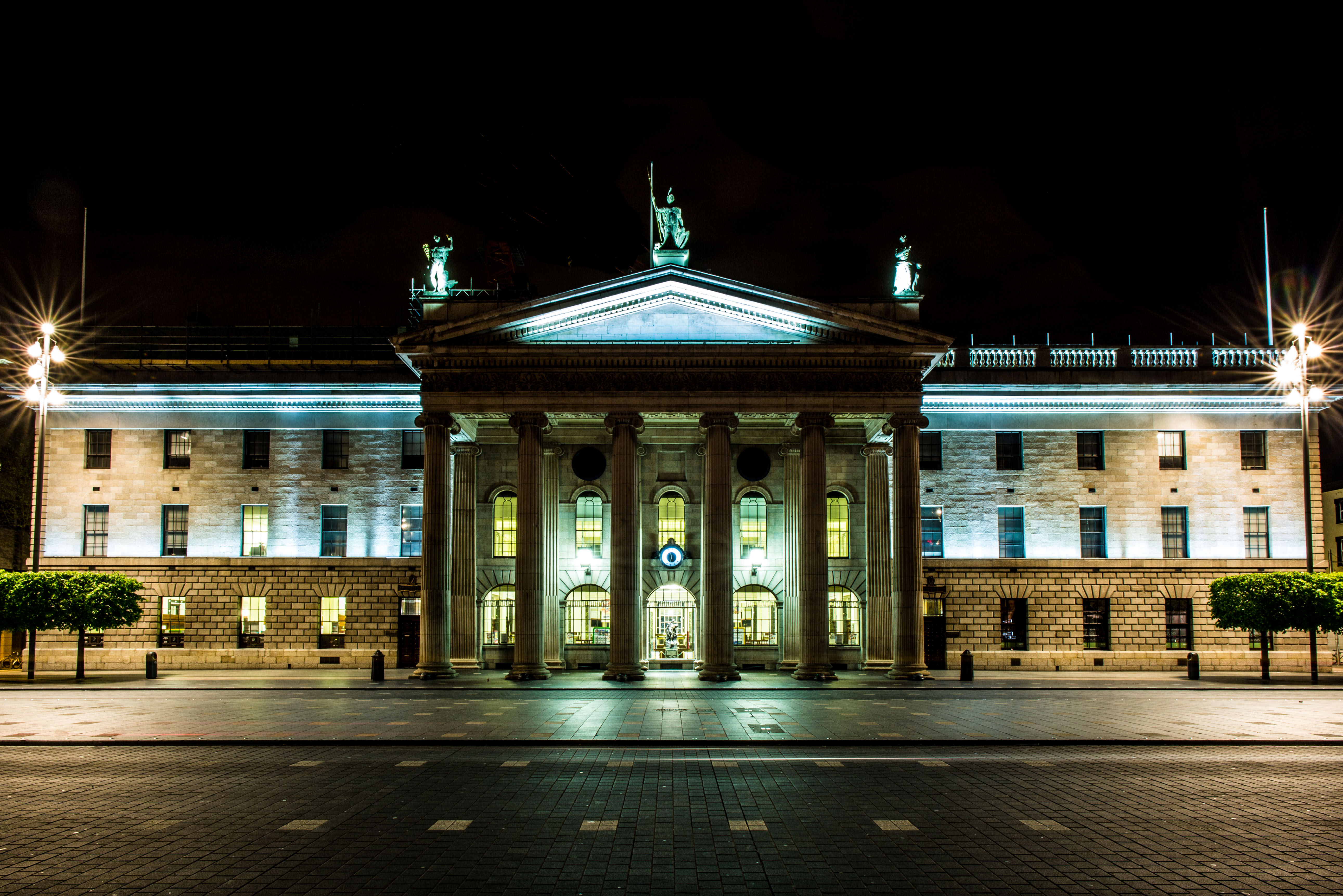|
County Cork
County Cork ( ga, Contae Chorcaí) is the largest and the southernmost county of Ireland, named after the city of Cork, the state's second-largest city. It is in the province of Munster and the Southern Region. Its largest market towns are Mallow, Macroom, Midleton, and Skibbereen. the county had a population of 581,231, making it the third- most populous county in Ireland. Cork County Council is the local authority for the county, while Cork City Council governs the city of Cork and its environs. Notable Corkonians include Michael Collins, Jack Lynch, Roy Keane, Sonia O'Sullivan and Cillian Murphy. Cork borders four other counties: Kerry to the west, Limerick to the north, Tipperary to the north-east and Waterford to the east. The county contains a section of the Golden Vale pastureland that stretches from Kanturk in the north to Allihies in the south. The south-west region, including West Cork, is one of Ireland's main tourist destinations, known for it ... [...More Info...] [...Related Items...] OR: [Wikipedia] [Google] [Baidu] |
Counties Of Ireland
The counties of Ireland ( Irish: ) are historic administrative divisions of the island into thirty-two units. They began as Norman structures, and as the powers exercised by the Cambro-Norman barons and the Old English nobility waned over time, new offices of political control came to be established at a county level. Upon the partition of Ireland in 1921, six of the traditional counties became part of Northern Ireland. In Northern Ireland, counties ceased to be longer used for local government in 1973; districts are instead used. In the Republic of Ireland, some counties have been split resulting in the creation of new counties: there are currently 26 counties, 3 cities and 2 cities and counties that demarcate areas of local government in the Republic. Terminology The word "county" has come to be used in different senses for different purposes. In common usage, it can mean the 32 counties that existed prior to 1838 – the so-called traditional counties, 26 of which are ... [...More Info...] [...Related Items...] OR: [Wikipedia] [Google] [Baidu] |
Cork South-West (Dáil Constituency)
Cork South-West is a parliamentary constituency represented in Dáil Éireann, the lower house of the Irish parliament or Oireachtas. The constituency elects 3 deputies ( Teachtaí Dála, commonly known as TDs) on the system of proportional representation by means of the single transferable vote (PR-STV). History and boundaries It is a largely rural constituency, running from Dursey Island in the west to Ringabella in the east, with many medium-sized towns, including Bandon, Bantry, Clonakilty, Kinsale and Skibbereen. It was first used at the 1961 general election. The Electoral (Amendment) (Dáil Constituencies) Act 2017 defines the constituency as: TDs Elections 2020 general election 2016 general election 2011 general election 2007 general election 2002 general election 1997 general election 1992 general election 1989 general election ... [...More Info...] [...Related Items...] OR: [Wikipedia] [Google] [Baidu] |
Skibbereen
Skibbereen (; ) is a town in County Cork, Ireland. It is located in West Cork on the N71 national secondary road. The name "Skibbereen" (sometimes shortened to "Skibb") means "little boat harbour". The River Ilen runs through the town; it reaches the sea about 12 kilometres away, at the seaside village of Baltimore. As of the Census of Ireland 2011, the population of the town (not including the rural hinterland) was 2,568. Skibbereen is in the Cork South-West (Dáil Éireann) constituency, which has three seats. History Prior to 1600, most of the land in the area belonged to the native MacCarthy Reagh dynasty - today McCarthy remains the town's most common surname. The town charter dates back to 1657 and a copy can be seen in the town council chambers. In 1631, Skibbereen received an influx of refugees fleeing from the Sack of Baltimore. The "Phoenix Society" was founded in Skibbereen in 1856 and was a precursor to the Fenian movement. A statue, the 'Maid of Erin' erected in ... [...More Info...] [...Related Items...] OR: [Wikipedia] [Google] [Baidu] |
Midleton
Midleton (; , meaning "monastery at the weir") is a town in south-eastern County Cork, Ireland. It lies approximately 16 km east of Cork City on the Owenacurra River and the N25 road, which connects Cork to the port of Rosslare. A satellite town of Cork City, Midleton is part of Metropolitan Cork. It is the central hub of business for the East Cork Area. Midleton is within the Cork East Dáil constituency. History In the 1180s advancing Normans led by Barry Fitz Gerald established an abbey at a weir on the river to be populated by Cistercian Monks from Burgundy. The abbey became known as "Chore Abbey" and "Castrum Chor", taking its name from the Irish word (weir), although some say that "Chor" comes from "Choir" or "Choral". The abbey is commemorated in the Irish name for Midleton, , or "Monastery at the Weir", and of the local river Owenacurra or meaning "River of the Weirs". St John the Baptist's Church, belonging to the Church of Ireland was erected in 1825 and to ... [...More Info...] [...Related Items...] OR: [Wikipedia] [Google] [Baidu] |
Macroom
Macroom (; ga, Maigh Chromtha) is a market town in County Cork, Ireland, located in the valley of the River Sullane, halfway between Cork city and Killarney. Its population has grown and receded over the centuries as it went through periods of war, famine and workhouses, forced emigration and intermittent prosperity. The 2011 census gave an urban population of 3,879 people, while the 2016 census recorded 3,765 people. Macroom began as a meeting place for the druids of Munster. It is first mentioned is in 6th-century records, and the immediate area hosted a major battle involving the Irish king Brian Boru. During the middle ages, the town was invaded by a succession of warring clans, including the Murcheatach Uí Briain and Richard de Cogan families. In the early modern period the MacCarthy's took control and later the area found prosperity via milling. The MacCarthys built a series of tower houses, some of which survive. The family lost influence during the Williami ... [...More Info...] [...Related Items...] OR: [Wikipedia] [Google] [Baidu] |
Mallow, County Cork
Mallow (; ) is a town in County Cork, Ireland, approximately thirty-five kilometres north of Cork. Mallow is in the barony of Fermoy. It is the administrative centre of north County Cork, and the Northern Divisional Offices of Cork County Council are located in the town. Mallow is part of the Cork East Dáil constituency. Name The earliest form of the name is ''Magh nAla'', meaning "plain of the stone". In the anglicisation "Mallow", ''-ow'' originally represented a reduced schwa sound (), which is now however pronounced as a full vowel . In 1975, ''Mala''—a shortening of ''Magh nAla''—was among the first Irish placenames adopted by statute, on the advice of the Placenames branch of the Ordnance Survey of Ireland. In the ''Annals of the Four Masters'', compiled in the 1630s, ''Magh nAla'' is misrepresented as ''Magh Eala'', the Donegal-based authors being insufficiently familiar with Cork places. P.W. Joyce in 1869 surmised that in ''Magh Eala'' , ''Ealla'' referre ... [...More Info...] [...Related Items...] OR: [Wikipedia] [Google] [Baidu] |
Republic Of Ireland
Ireland ( ga, Éire ), also known as the Republic of Ireland (), is a country in north-western Europe consisting of 26 of the 32 Counties of Ireland, counties of the island of Ireland. The capital and largest city is Dublin, on the eastern side of the island. Around 2.1 million of the country's population of 5.13 million people resides in the Greater Dublin Area. The sovereign state shares its only land border with Northern Ireland, which is Countries of the United Kingdom, part of the United Kingdom. It is otherwise surrounded by the Atlantic Ocean, with the Celtic Sea to the south, St George's Channel to the south-east, and the Irish Sea to the east. It is a Unitary state, unitary, parliamentary republic. The legislature, the , consists of a lower house, ; an upper house, ; and an elected President of Ireland, President () who serves as the largely ceremonial head of state, but with some important powers and duties. The head of government is the (Prime Minister, liter ... [...More Info...] [...Related Items...] OR: [Wikipedia] [Google] [Baidu] |
Knockboy
Knockboy (''An Cnoc Buí'' in Irish, meaning ''Yellow Mountain'') is a 706-metre-high mountain on the border between counties Cork and Kerry in Ireland. Geography Knockboy is the highest peak in the Shehy mountain range and the highest mountain in County Cork with its summit shared with County Kerry. It is the 104th highest peak in Ireland. Geology The mountain is composed of sandstone laid down in the Devonian period which was subsequently uplifted to form a mountain range, before being eroded into its present form by glaciers during the last ice age. See also * List of Irish counties by highest point *Lists of mountains in Ireland * List of mountains of the British Isles by height * List of P600 mountains in the British Isles * List of Marilyns in the British Isles *List of Hewitt mountains in England, Wales and Ireland This is a list of Hewitt mountains in England, Wales and Ireland by height. Hewitts are defined as "Hills in England, Wales and Ireland o ... [...More Info...] [...Related Items...] OR: [Wikipedia] [Google] [Baidu] |
Eircode
A "postal address" in Ireland is a place of delivery defined by Irish Standard (IS) EN 14142-1:2011 ("Postal services. Address databases") and serviced by the universal service provider, '' An Post''. Its addressing guides comply with the guidelines of the Universal Postal Union (UPU), the United Nations-affiliated body responsible for promoting standards in the postal industry, across the world. In Ireland, 35% of Irish premises (over 600,000) have non-unique addresses due to an absence of house numbers or names. Before the introduction of a national postcode system (Eircode) in 2015, this required postal workers to remember which family names corresponded to which house in smaller towns, and many townlands,. As of 2021, An Post encourages customers to use Eircode because it ensures that their post person can pinpoint the exact location. Ireland was the last country in the OECD to create a postcode system. In July 2015 all 2.2 million residential and business addres ... [...More Info...] [...Related Items...] OR: [Wikipedia] [Google] [Baidu] |
Telephone Numbers In The Republic Of Ireland
Numbers on the Irish telephone numbering plan are regulated and assigned to operators by ComReg. Overview Telephone numbers in Ireland are part of an open numbering plan that allows variations in number length. The Irish format is similar to systems used in many parts of Europe, notably the Netherlands, Sweden, Germany, Belgium and France, where geographical numbers are organised using a logic of large regional prefixes, which are then further subdivided into smaller regions. It differs from UK numbering, which originated as alphanumeric codes based on town names. Irish Mobile and non–geographic numbers are fixed length and do not support local dialling. The trunk prefix 0 is used to access numbers outside the local area and for all mobile calls. This is followed by an area code, referred to as a National Dialling Code (NDC), the first digit of which indicates the geographical area or type of service (e.g. mobile). Calls made from mobile phones and some VoIP systems always ... [...More Info...] [...Related Items...] OR: [Wikipedia] [Google] [Baidu] |
Irish Standard Time
Ireland uses Irish Standard Time (IST, UTC+01:00; ga, Am Caighdeánach Éireannach) in the summer months and Greenwich Mean Time ( UTC+00:00; ''Meán-Am Greenwich'') in the winter period. (Roughly half of the state is in the 7.5°W to 22.5°W sector, half is in the same sector as Greenwich: 7.5°E to 7.5°W). In Ireland, the Standard Time Act 1968 legally established that ''the time for general purposes in the State (to be known as standard time) shall be one hour in advance of Greenwich mean time throughout the year''. This act was amended by the Standard Time (Amendment) Act 1971, which legally established Greenwich Mean Time as a winter time period. Ireland therefore operates one hour behind standard time during the winter period, and reverts to standard time in the summer months. This is defined in contrast to the other states in the European Union, which operate one hour ahead of standard time during the summer period, but produces the same end result. The instant of tr ... [...More Info...] [...Related Items...] OR: [Wikipedia] [Google] [Baidu] |


.jpg)
.jpg)




_Act_1916.jpg)